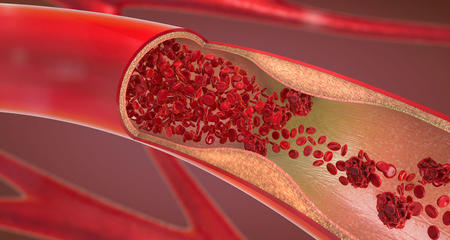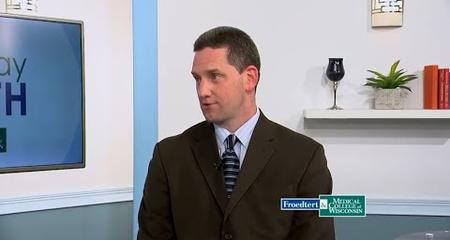Our specialists are up-to-date on the latest research findings and treatment techniques for peripheral artery disease (PAD) and all vascular disease conditions. Team members collaborate to deliver integrated care. Each treatment approach has risks and benefits, and we compare various techniques for each patient to provide the most appropriate therapy.
Treatment for PAD may involve lifestyle changes to reduce risk, treating the limb(s) to reduce disease progression, treatment to save the limb(s) and therapies to prevent the associated risk of heart attack or stroke. Some patients need a combination of therapies. In some cases, minimally invasive endovascular procedures or vascular surgery may be necessary. Non-invasive treatments for PAD, also called peripheral vascular disease (PVD), include:
Lifestyle changes: Quitting smoking, maintaining a healthy weight and getting regular exercise are important steps to help stop the progression of PAD and relieve some of its symptoms. For some patients, this may be all they need to treat PAD.
Medical management: Prescription medications may prevent blood clots, improve blood flow and reduce discomfort when walking. Medications may also treat underlying conditions such as diabetes, high blood pressure and high cholesterol.
PAD Rehabilitation: Our PAD Rehabilitation Program features one-on-one instruction and guidance from a team of rehabilitation professionals. The program aims to improve walking ability and decrease pain.
Minimally Invasive Endovascular Procedures
Minimally invasive endovascular procedures (catheterization procedures) treat vascular disease from inside the blood vessel, including many vascular problems that once required invasive surgery. As a result, patients experience reduced hospital and recovery time, and often experience significantly less pain.
Endovascular therapy uses catheter-based procedures and specialized equipment and techniques. These procedures require only a small incision, through which the physician inserts a thin catheter through the arm or groin. Using advanced imaging technology to visualize the path, physicians guide the catheter through the blockage and dilate the blockage by inflating a tiny balloon. Atherectomy may also be used — this technique utilizes a catheter tipped with a specialized device to strip plaque out of the blocked artery and increase the flow of blood through the area. A stent (wire mesh tube) may be placed in reopened segments to help keep the vessel open.
Vascular Surgery
Bypass surgery and endarterectomy are two surgical treatment options for PAD.
Bypass Surgery
When PAD results in limb-threatening blockages in the legs, we may need to perform bypass surgery. This involves using a blood vessel (man-made or a natural vessel from another part of the body) and placing it around the segment of blocked vessel, creating a detour or bypass. Blood flow is redirected through the new blood vessel, bypassing the blood vessel that is damaged. In addition to the legs, bypass surgery can treat blockages in blood vessels in other parts of the body.
Endarterectomy
Endarterectomy is the surgical removal of obstructions from an artery that has narrowed or is blocked by plaque. A vascular surgeon makes an incision in the artery and removes the plaque in the artery’s inner lining to restore blood flow, then will usually sew a small patch on the artery to enlarge it. This procedure is most commonly done in the carotid arteries in the neck that deliver blood to the brain. It is also done to treat other arteries in the body.
Virtual Visits Are Available
Safe and convenient virtual visits by video let you get the care you need via a mobile device, tablet or computer wherever you are. We'll assess your condition and develop a treatment plan right away. To schedule a virtual visit, call 414-777-7700.


